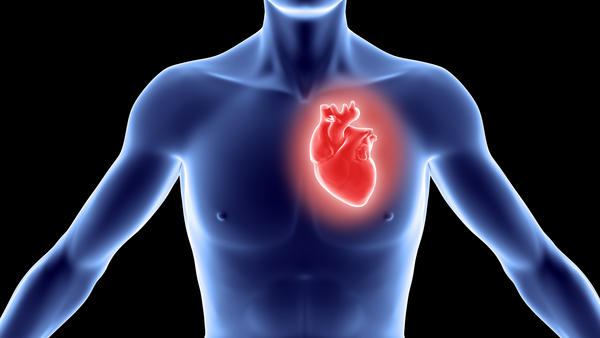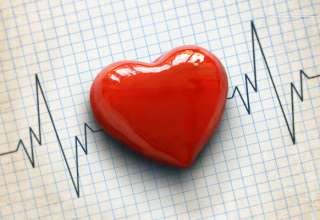
What Is Atrial Fibrillation?
Atrial fibrillation is a sporadic and fast heart rate. It can raise your danger of heart failure, stroke, and other restorative issues involving the heart. When you have atrial fibrillation, the two higher chambers of the heart, the atria, beat irregularly. They beat out of synchronization with the two lower assemblies of the heart, the ventricles.
Inconveniences can come about because of the condition. It can bring about blood clots that form in the heart. These coagulations may move to different organs and cause ischemia – blocked blood flow.
Side effects of Atrial Fibrillation
You may not really encounter any side effects with the condition. A few people are determined to have the condition amid an examination by their doctor. In the event that you do encounter side effects, they may incorporate the accompanying:
- Chest pain
- Perplexity
- Weakness
- Shortcoming
- Tipsiness
- Palpitations
- Lessened capacity to work out
- Shortness of breath
- Tipsiness
There are four sorts of the condition:
Occasional: This is called paroxysmal atrial fibrillation. Your indications, for this situation, will go back and forth.
Persistent: When you have this type of the condition, your heart beat doesn’t come back to normal from on its own. On the off chance that you have persistent atrial fibrillation, at that point you will require medical attention to get your ordinary cadence to return.
Long-standing persistent: This type of the condition will last longer than a year.
Permanent: When you have this type of the condition, specialists can’t reestablish your rhythm to normal. You will likely need prescription to regulate your heart rate.
Reasons for Atrial Fibrillation
Your heart contains four distinct cylinders. The two upper cylinders are known as the atria and the two lower cylinders are known as the ventricles. The correct cylinder contains a few cells that are known as the sinus hub. The sinus hub makes the motivations that reason the beats.
When you have atrial fibrillation, the atria experience chaotic electrical signals and they tremble. The association between the atria and the ventricles progress toward becoming overwhelmed with electrical impulses that break through to the ventricles.
Since not all impulses get to the ventricles, the ventricles don’t beat as fast as the atria. The final product is a quick and unpredictable pulse.
A few reasons for atrial fibrillation include:
- Sleep apnea
- Lung malady
- Heart attack
- Hypertension
- Heart surgery
- Viruses
- Stress from surgery or disease
- Sick sinus disorder
- Congenital heart absconds
- Coronary supply route illness
- Metabolic uneven characters
- Abnormal heart valves
- Exposure to stimulants
Now and again, you may get atrial fibrillation for no reason. This is called lone atrial fibrillation.
Atrial Flutter
In this condition, the heart beat is not as choatic as in atrial fibrillation. Each condition can cause the other. Atrial flutter is not typically an life debilitating condition.
Risks
Certain factors may raise your shot of getting atrial fibrillation:
Age: The older you are, the greater your risk is for atrial fibrillation.
Heart ailment: Heart sicknesses can raise your risk of the condition.
Hypertension: Uncontrolled hypertension can be a risk factor.
Chronic health conditions: The following conditions may put you at risk – metabolic disorder, rest apnea, diabetes, kidney ailment, lung malady, and Thyroid issues.
Alcohol: Alcohol can trigger the condition.
Genetics: Atrial fibrillation is a condition that runs in families.
Obesity: Obesity predisposes you to atrial fibrillation.
Conclusion
There are a few tests that are included in diagnosing atrial fibrillation. These include:
Electrocardiogram – This test works by checking the electrical flags in your heart.
Strap screen – This is basically a compact ECG gadget that you wear.
Occasion recorder – This is likewise a convenient ECG gadget that is utilized for longer timeframes.
Echocardiogram – This test utilizes sound waves to deliver a picture of your heart. A wand is utilized to skip sound waves off of your heart. Certain sorts of echocardiograms require the addition of a tube down your throat.
Blood tests – This sort of test can get on thyroid anomalies that may prompt atrial fibrillation.
Stress test – This test screens your heart while you work out.
Chest x-ray – This test enables your specialist to see your heart, lungs, and different organs that may have a few issues.







